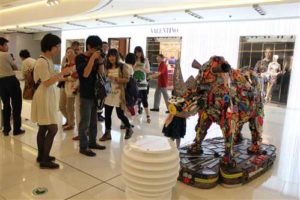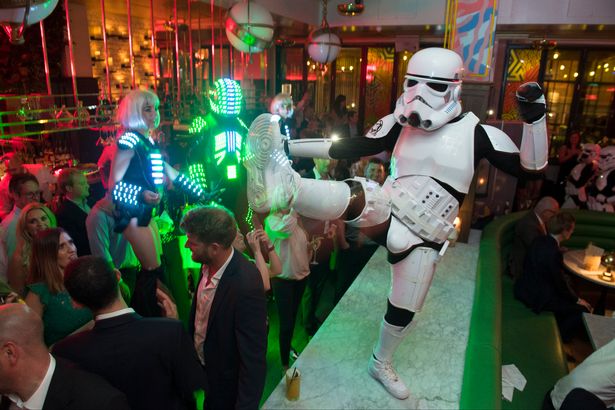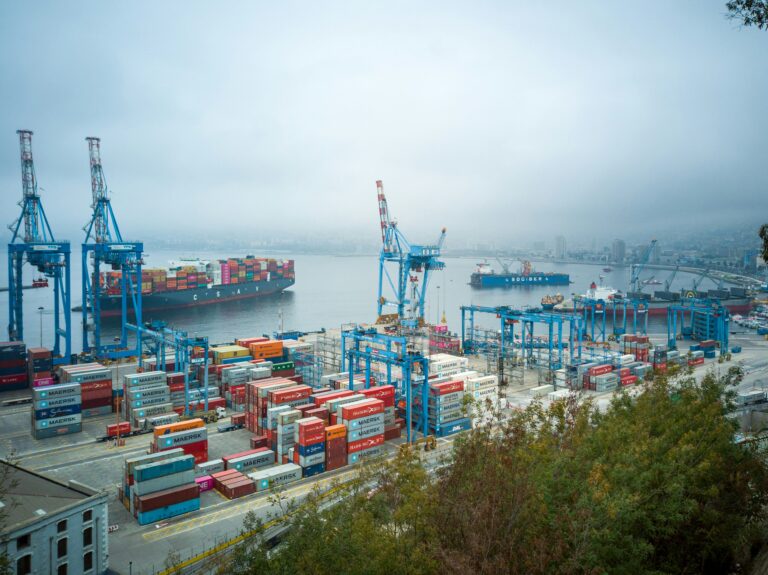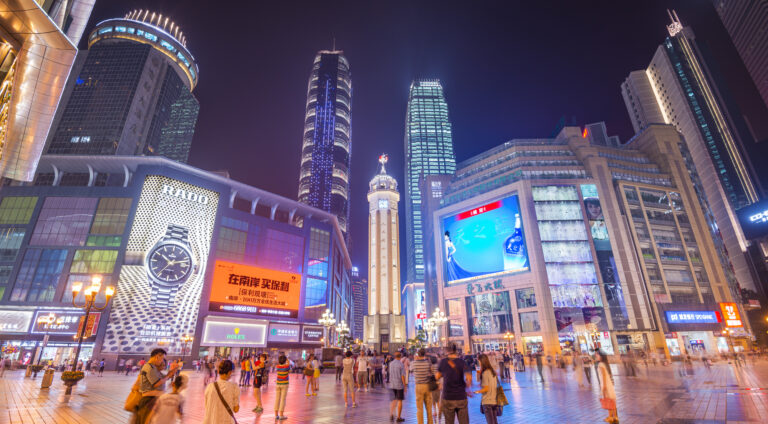«Sometimes I cannot sell even one dress in a day »: this is the testimony of the owner of a dress shop in the Di Mei shopping center located in downtown Shanghai. In one of the most shopping-mad cities in China, shopping malls are starved of customers, vacancy rates are rising, and rents are plummeting, leading to a series of mall closures. What is exactly going on with shopping malls in Shanghai?
Shoppers desert China’s overabundant shopping malls, leading to fiercer competition and mall closures
Shanghai busy shopping areas on Huaihai Road, Nanjing Road, or Sichuan Road are becoming lackluster. The area of Huaihai Road between Danshui Road and Madang Road is empty of shops and Pacific Place has closed earlier this year. Even Citic Plaza, one of the earliest department stores specializing in luxury retail opened in 2000, also known as one of the iconic shopping malls in Shanghai, is now facing closure.
This phenomenon is not only affecting the shopping malls in Shanghai, but shopping malls of the whole country and can be explained by many factors. The Chinese economy is growing at its slowest pace in decades and growth in retail sales slows too. Chinese consumers purchase more online, reducing foot traffic in shopping malls: e-commerce sites

continue to post double-digit growth rates, notably e-commerce leader Alibaba that achieved an increase in sales of 27% between fiscal 2015 and fiscal 2016. Add to that poorly managed properties caused by the decrease of cash flow available for mall owners and developers, and the drop in traffic in Chinese malls is not much of a surprise.
On the top of that, the Chinese retail market is oversupplied with shopping malls. There are currently 4,000 shopping centers in China, which is three times more than in the United States. The total number of shopping centers may reach more than 10,000 in 2025. Regional governments are in fact promoting retail space constructions to stimulate the economy. As a consequence, competition between Chinese shopping malls is fierce and shoppers are voting with their feet.
For many of the shopping malls in Shanghai, implementing diversification and “Shoppertainment” is a matter of survival
Not everything is doom and gloom, at least not for all of the shopping malls in China. The luxury shopping malls still do quite well since they target Chinese wealthy shoppers. In Shanghai, Hang Lung Properties’ malls Plaza 66 and Grand Gateway 66 are selling well. Located in a mature luxury shopping area, Plaza 66 is the first and one of the best shopping malls for luxury brands consumers and can count on a loyal, wealthy clientele. Grand Gateway 66, also surrounded by high-end residential living area, offer premium brands and higher-end luxury brands. Both have traditional design without much originality, and yet, they accounted for half of Hand Lung Properties’ mainland rental income in the financial year 2015, according to Morgan Stanley report. Inevitably, luxury malls have their own challenges: attracting wealthy customers in brick-and-mortar stores in mainland China, so they don’t purchase online or abroad during their trips.
The question of survival is of more relevance for the malls of the medium segment that are often homogenous and with little difference between one another. They lose appeal to Chinese consumers due to their lack of competitive strengths. According to a report by the Chinese Academy of Social Sciences, one-third will close down in five years, another third will have to integrate online shopping with physical outlets, and the last third will change into retail or wholesale marketplaces with a strong emphasis on customer experiences. Jing Linbo, director of the Chinese Evaluation Center for Humanities and Social Sciences, says the key to survival lies in diversified competition and value-added services to customers. As already mentioned in a Daxue’s article, Chinese retail market, shopping malls in China have become social places and the Chinese now go to the mall to eat, be entertained, and go shopping, in this order. Facing the changing needs of customers, mall operators adjust their tenant mix by reducing floor areas for retail shops and increasing catering and entertainment facilities. Nanning Wanda Plaza, scheduled for opening in 2017, will focus on entertainment with theme parks, a film technology park, a cinema, and a five-star hotel, while retail will only account for less than 25% of the total floor area. A shopping mall has to implement “shoppertainment” (or experiential retailing) methods to connect customers, retain brick-and-mortar sales, and to differentiate from the others to create its own identity.
Shopping Malls in Shanghai, K11, Hubindao, and Joy City propose their unique concepts to attract customers
 There are examples of shopping malls in Shanghai that succeeded in creating their own concepts by offering “shoppertainment” to their customers. One is K11, the first art mall in mainland China, opened in June 2013 and attracts young and fashion consumers thanks to its strong focus on art. Expositions are frequently held in addition to the permanent collection of local young artists works. K11 is also a living area that values nature with a garden concept with local plants, various green design, green roof, and urban farming. The goal is that visitors feel like indulging in an urban oasis. K11 also partners with fashion brands to offer customers pop-up stores.
There are examples of shopping malls in Shanghai that succeeded in creating their own concepts by offering “shoppertainment” to their customers. One is K11, the first art mall in mainland China, opened in June 2013 and attracts young and fashion consumers thanks to its strong focus on art. Expositions are frequently held in addition to the permanent collection of local young artists works. K11 is also a living area that values nature with a garden concept with local plants, various green design, green roof, and urban farming. The goal is that visitors feel like indulging in an urban oasis. K11 also partners with fashion brands to offer customers pop-up stores.
Hubindao shopping mall opened in October 2015 in Huaihai Road with a unique concept of lifestyle. The 5-story mall is a destination of fun with multiple lifestyle and leisure choices. Regarding the retail, Hubindao offers new concept stores combining fashion accessories, lifestyle and shopping experiences. A brand-new bookstore mixes books, life design, events, and café culture. Hubindao also focuses on well-being: customers can go to the largest Y+ yoga center in Shanghai and have a swim in the swimming pool within the high-end gym.
The Shanghai Joy City opened its Phase 1 in 2010 and it’s Phase 2 in December 2015. This mall’s developer COFCO Group particularly targets young white-collar women and young girls, offering them fashion and enjoyment in a trendy lifestyle hotspot. It introduced China’s first rooftop Ferris wheel, called “Sky Ring” that attracts an average 1,500 guest daily at 80 yuan per ticket. A large space is dedicated to workshops only, focusing on “Do It Yourself”: customers can paint a portrait at iYou Paint Bar, bake their own dessert at Coookie9, build a wooden horse at ZOWOO, and forge a pair of rings at Augusmith.
Stay Updated! Follow Us on Twitter:
How Is #Taobao Global Promotions Attracting #Millennials? Learn All the Facts here https://t.co/MpW0xmGCcl
— Daxue Consulting (@DaxueConsulting) September 28, 2016





